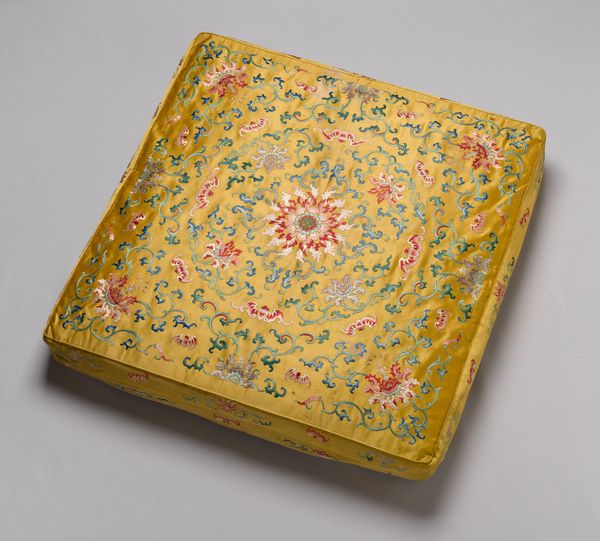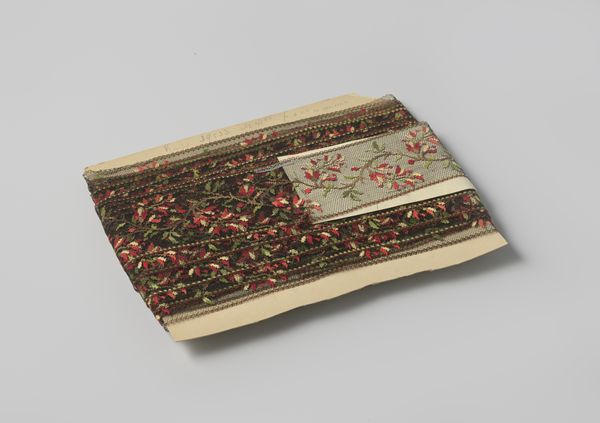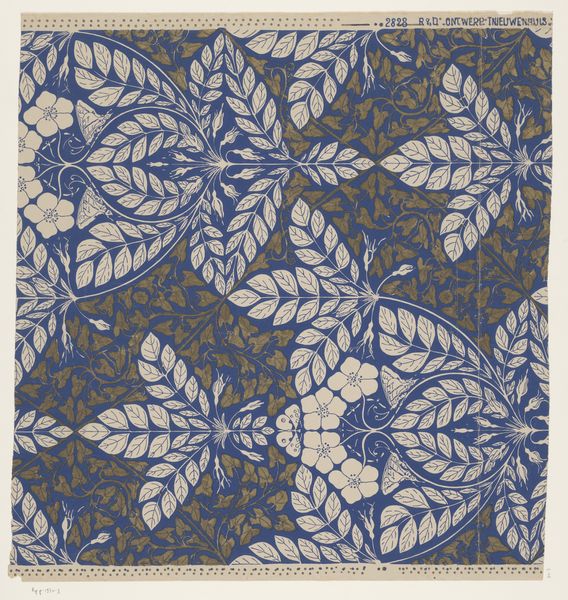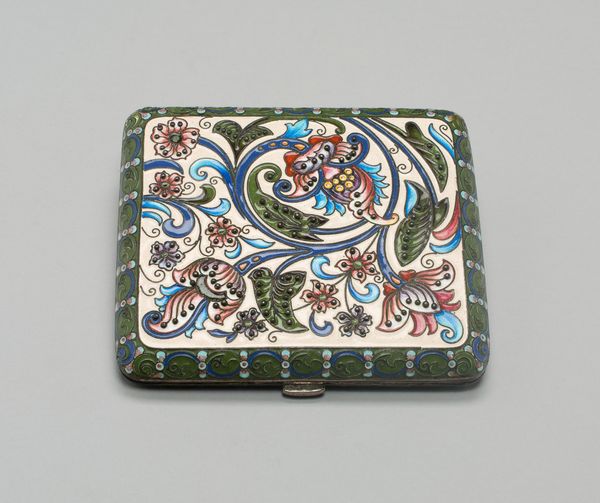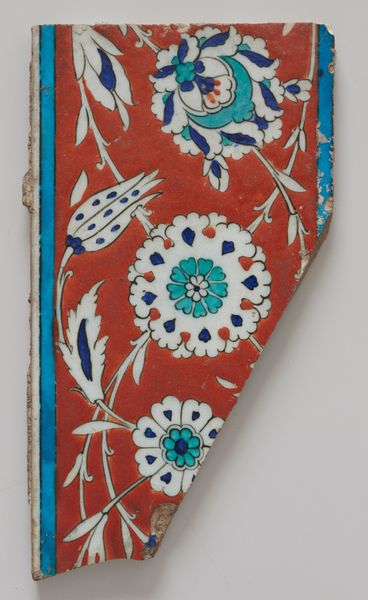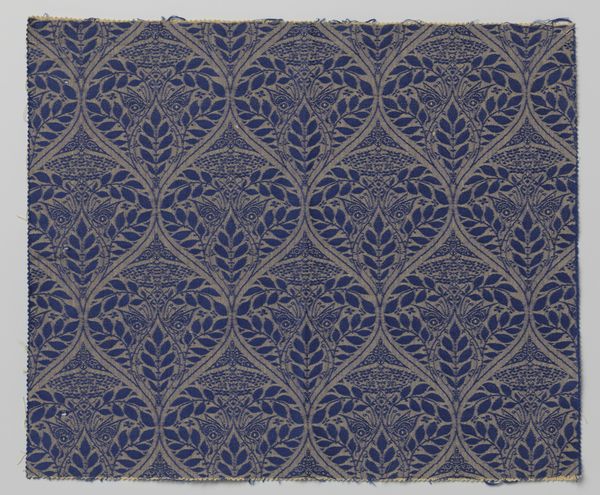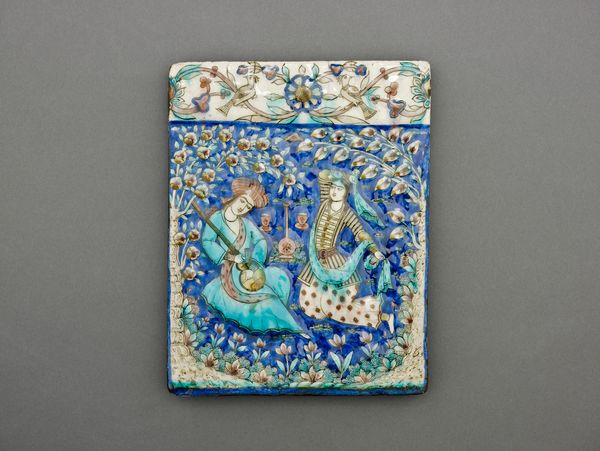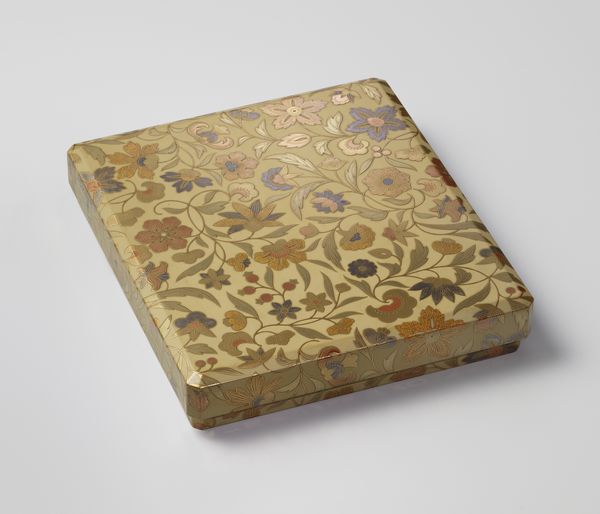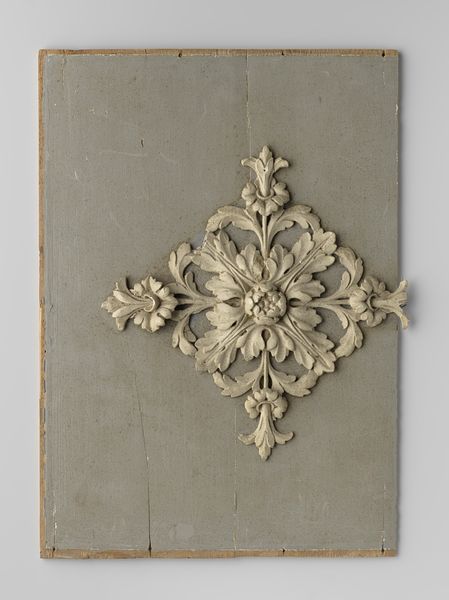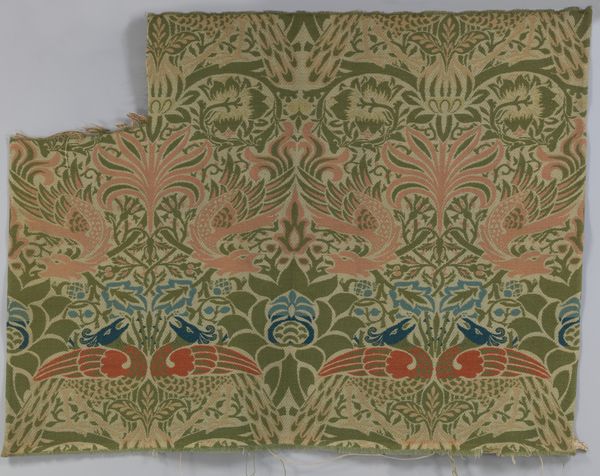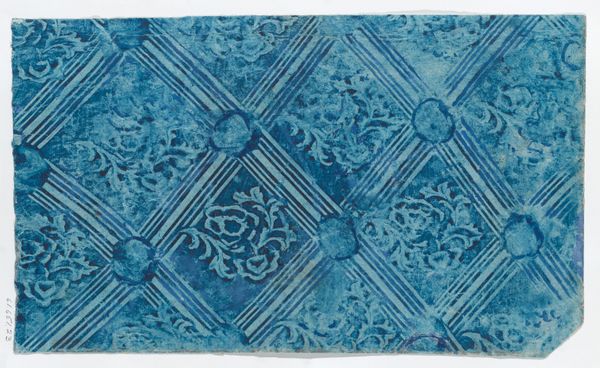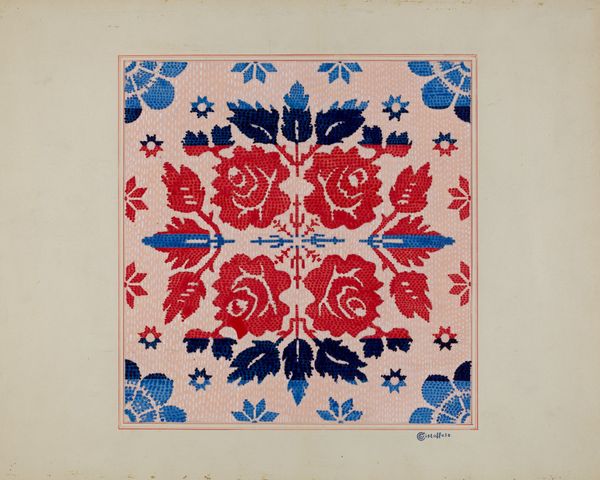
ceramic, textile
#
pattern
#
asian-art
#
ceramic
#
textile
#
geometric
#
islamic-art
#
decorative-art
Dimensions: 27.3 × 27 × 2.3 cm (10 3/4 × 10 11/16 × 7/8 in.)
Copyright: Public Domain
Editor: So, this is a ceramic tile from the Ottoman dynasty, made sometime in the 16th or 17th century. I’m struck by how it's both decorative and obviously functional. All that hand-painted detail...it’s amazing to consider the skill and time involved. What can you tell me about this piece, particularly its materials and process? Curator: Well, it's critical to look at this tile not just as a beautiful surface, but as a product of a complex workshop system. Consider the silica, the glaze components, the pigments, the skilled labor required for each stage of production, from preparing the clay to firing the kiln. Who were the artisans? How were their workshops structured? This wasn't a solitary act of artistic genius but a collective, material-driven enterprise. Editor: That's fascinating. I hadn’t considered the economics of tile production. It feels more individual, more handcrafted than mass produced items. How did they control such vibrant colours back then? Curator: The color comes from specific metallic oxides added to the glaze. Think about the trade routes needed to access those raw materials – the cobalt for the blues, the copper for the greens. The intensity suggests access to high-quality sources, signalling Ottoman economic power. How do the patterns themselves speak to a culture of trade? Editor: So, even the design reflects trade? The stylized floral motifs, while decorative, maybe weren’t just aesthetic choices. Curator: Precisely! The floral and geometric patterns reflect broader artistic trends and also catered to the tastes of a specific clientele and influenced by the consumption of imported goods from East Asia and Europe. Even the geometric organization is a carefully structured framework designed with precision. Its form enabled a visual system of material consumption by an affluent clientele in service of a culture of empire and trade. This connects directly to production of Ottoman textiles and their markets. Editor: It really changes my understanding, looking at it through that lens. It goes beyond just the surface. I’ll have to keep in mind the complex, collaborative work that goes into such seemingly simple objects! Thanks! Curator: My pleasure, the real meaning is found in the making, not just the beholding.
Comments
No comments
Be the first to comment and join the conversation on the ultimate creative platform.
